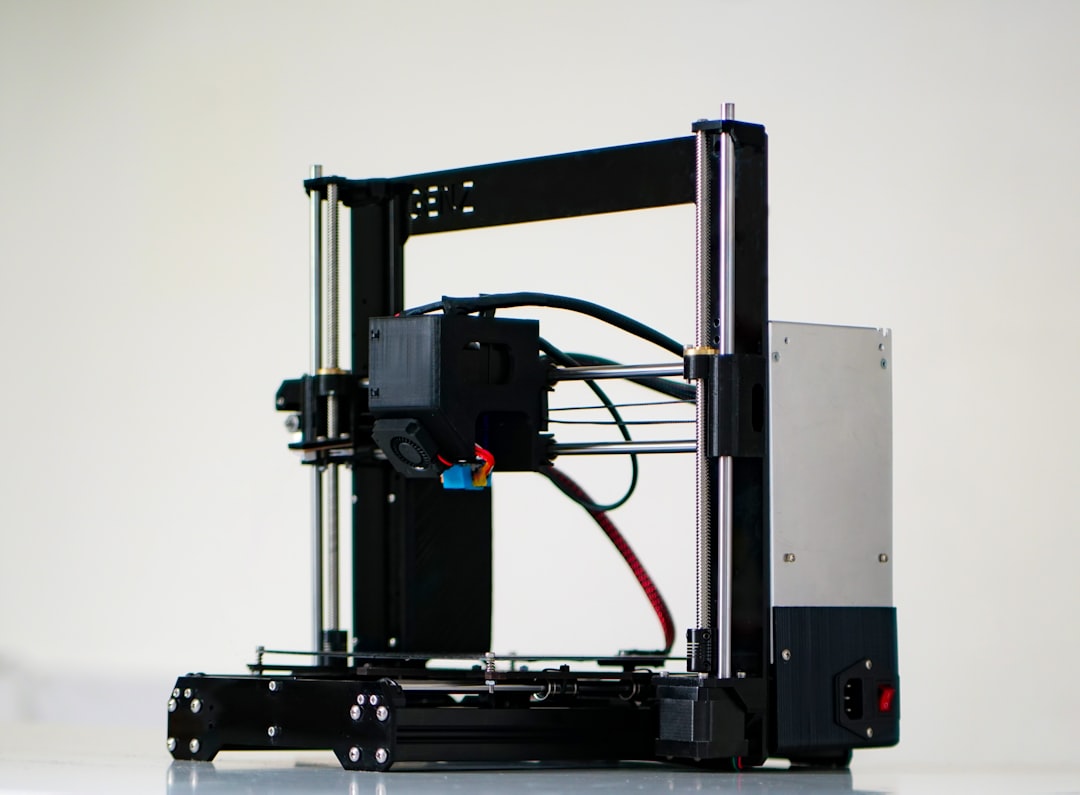In the world of 3D printing and CNC (Computer Numerical Control) machining, file formats play an integral role in ensuring machines understand the precise instructions they must follow. One of the most commonly used file formats in this domain is the .GCODE file. While not typically encountered by the average computer user, this file type is invaluable for hobbyists, engineers, and manufacturing professionals. Understanding what a .GCODE file is and how to open or use it can help unlock the full potential of 3D printing and machining technologies.
What Is a .GCODE File?
A .GCODE file is a plain text file that contains a series of instructions written in G-code, which stands for “Geometric Code.” G-code is the programming language commonly used to control automated machine tools, particularly in CNC mills, lathes, and 3D printers. These instructions tell the machine how to move — including direction, speed, temperature, layer height, and other settings — to fabricate a physical object layer by layer.
Each line in a .GCODE file represents a command or series of commands that guide machine functions. For example, a line in a 3D printing G-code file might include:
G1 X50.0 Y25.3 E22.4
This example tells the machine to move to a specific X and Y coordinate while extruding filament by a certain volume. The “G1” indicates a linear motion. Machines interpret thousands of such instructions during a single print or machining operation.
How Are .GCODE Files Created?
.GCODE files are not usually written manually. Instead, they are generated by slicing software, such as:
- Cura – Developed by Ultimaker
- PrusaSlicer – Optimized for Prusa printers
- Simplify3D – A premium slicer known for detailed customizations
- IdeaMaker – Designed by Raise3D for their printers but usable with others
These programs take 3D design files, typically in the .STL or .OBJ format, and translate them into G-code using user-defined parameters such as layer height, print speed, support structures, and infill density.
Once the slicing is done, the resulting .GCODE file can be transferred to the printer via SD card, USB, or Wi-Fi, depending on what the machine supports.

How to Open a .GCODE File?
Even though a .GCODE file is essentially a text file, how one views or interacts with it depends on the intent. Below are several methods for opening and inspecting .GCODE files:
1. Text Editors
If you simply want to inspect the raw code, a text editor is sufficient. Since G-code is written in plain text, any editor will do, such as:
- Notepad or Notepad++
- Sublime Text
- VS Code (Visual Studio Code)
Opening the file in a text editor allows you to read or even modify individual commands manually. However, this approach is typically reserved for advanced users who understand G-code syntax.
2. G-code Viewers and Simulators
To visualize the commands and understand how the machine will move, a G-code viewer or simulator is a better option. These programs convert code into graphics, providing a 2D or even 3D preview of the tool paths. Popular options include:
- Gcode Analyzer – A web-based analyzer that provides visual previews.
- Pronterface – A host interface for RepRap printers that shows real-time and preview actions.
- Cura – Lets users preview the G-code it generates, including layer-by-layer simulation.
These programs help users validate prints before starting long or complex jobs, potentially saving time and materials.

3. 3D Printer Interface Software
If you’re planning to run the file directly on a 3D printer, most printers come with onboard software or are compatible with third-party firmware like Marlin or Klipper. You can load the .GCODE file directly into the printer’s control unit via SD card or connect the printer to a computer running software like:
- OctoPrint – A popular 3D printing server that offers live monitoring and control
- Repetier-Host – A host application used to control printing operations and visualize G-code
Why Understanding .GCODE Files Matters
While many 3D printer users rely solely on slicing software and printer profiles, understanding G-code and .GCODE files can empower users to fine-tune their prints, troubleshoot errors, and even automate specific tasks. For example, you might add a pause at a certain layer to insert components or perform a filament change.
G-code files can also help in interpreting printer behavior. If something goes wrong mid-print, checking the G-code can reveal whether the issue originated in the slicer settings or with the hardware. Advanced users can even create macros to optimize printing speed or quality.
Common File Extensions Related to .GCODE
Sometimes, .GCODE files may be saved using different extensions depending on the printer or slicing software. Variants include:
- .NC – Often used for CNC milling machines
- .TAP – Commonly associated with older CNC control systems
- .PRT – Related to part files, sometimes bundled with G-code
While the syntax may remain the same, it’s vital to note that not all machines accept different G-code variants interchangeably. Always ensure your device matches the intended file type.
Safety and Authenticity Tips
Because .GCODE files are text-based, they are less commonly a vector for malware than binary files. However, caution should still be exercised when downloading files from unknown sources:
- Scan files through antivirus software if unsure about the source.
- Inspect G-code commands if possible — avoid scripts with complex macros unless you understand them.
- Run test prints on older or unused filament if testing unfamiliar code.
Sticking to reputable slicing software and trusted online repositories helps mitigate risk.
Conclusion
The .GCODE file serves as the crucial link between digital design and physical fabrication. It contains comprehensive instructions that dictate how a 3D printer or CNC machine should behave. Whether you’re a beginner or an experienced maker, understanding and working with .GCODE files is a powerful way to improve fabrication quality and efficiency. By using the right tools — from basic text editors to advanced simulation software — users can open, analyze, and even modify G-code to meet their specific needs.
FAQ About .GCODE Files
- What is a .GCODE file used for?
- A .GCODE file contains instructions for 3D printers or CNC machines to create objects by controlling movement, speed, temperature, and more.
- Can I open a .GCODE file in Notepad?
- Yes, .GCODE files are text-based and can be opened in any standard text editor like Notepad or Notepad++.
- Is it safe to download .GCODE files from the internet?
- Generally yes, but always ensure the source is trusted. Check the file for unusual commands if you’re not sure.
- What software do I need to generate a .GCODE file?
- You need slicing software such as Cura, PrusaSlicer, Simplify3D, or IdeaMaker, which convert 3D models into G-code commands.
- Can I edit a .GCODE file manually?
- Yes, but it’s recommended only for users familiar with G-code syntax. Incorrect edits could lead to print failures or hardware damage.
- Do all 3D printers use .GCODE files?
- Most consumer and hobbyist 3D printers use .GCODE files, though a few proprietary systems may use alternative formats.


